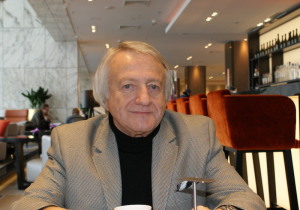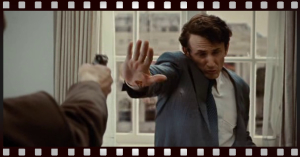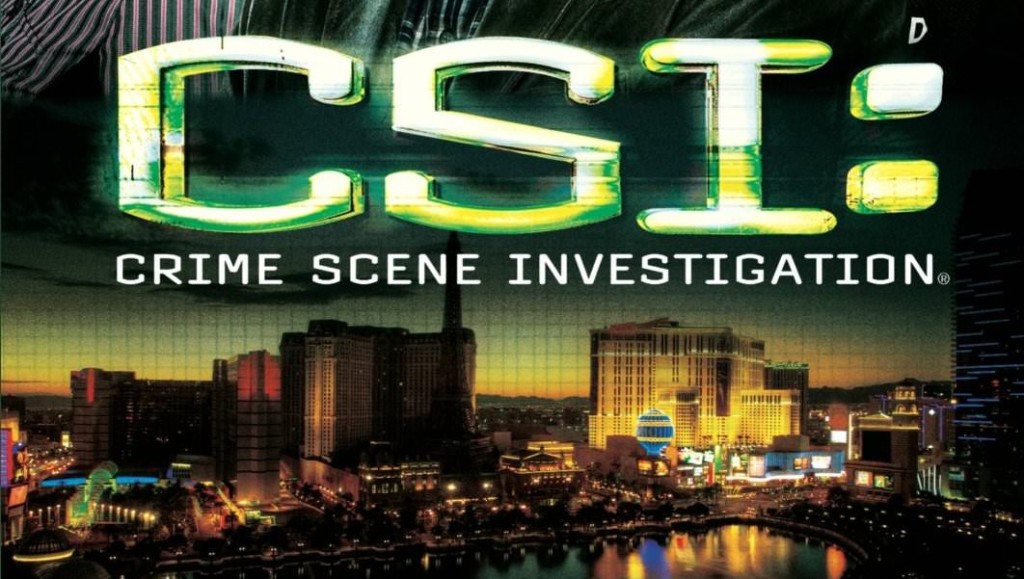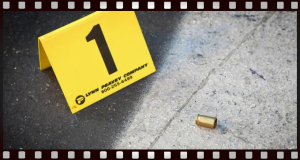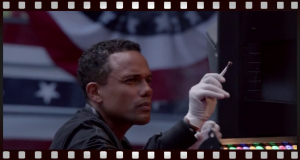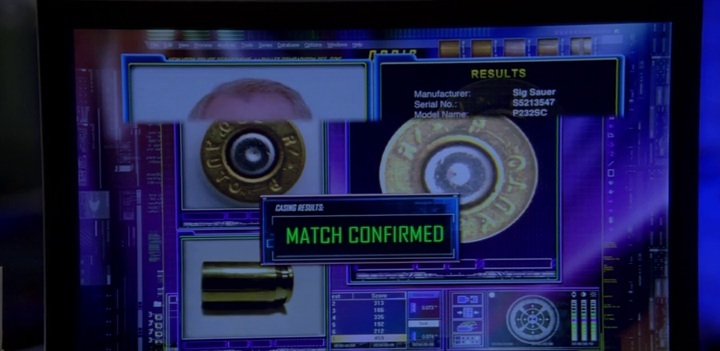I had the pleasure of talking to an employee of a San Francisco crime lab and worker of the ATF agency.
Richard A. Grzybowski’s luminous career saw him working on some of San Francisco’s most legendary criminal cases. Today I wanted to focus on particular tidbits related to my interviewee’s profession. I’ll kick things off with a certain murder case some of you may be familiar with.
Let’s go back in time to a fateful November morning over thirty years ago. On that day, San Francisco witnessed the murder of Harvey Milk, prominent gay rights activist and politician. Which hand did he get shot in?
I’m not sure, I think it was the left one.
I’ll come back to this in a moment. Let us picture the following scenario. I purchase a weapon and go to 10 Downing Street. I manage to get in through an open window in the back, as to avoid any metal detectors. I kill the prime minister, collect the gun shells, walk into another office and kill another Cabinet minister. I then proceed to hand myself in to the police. I end up receiving a 7 year prison sentence, because I claimed I had been temporarily insane from eating too many burgers at McDonald’s. Does this seem like common sense, or something entirely absurd?
Obviously, it’s an absurd legal flop. Existing laws make it possible to invoke the psychological and mental state of the perpetrator to prove (which seems impossible from the get go) that he cannot tell right from wrong and good from evil.
This was exactly the story of the first case you’re describing in your book – the murder of Harvey Milk. He was shot to death in his office by ex-policeman Dan White. The killer received a 7-year sentence, as he was deemed not responsible for his actions after binging on junk food on the night before the murder. He was released from prison after 6 years. You were present on the crime scene, analyzed the trace evidence and did all that was in your power to help the court reach a just verdict. In this particular case, did your work contribute to this laughable verdict, or did it have no influence at all?
In this particular case, my analysis played no part in the process of determining guilt, as the perpetrator’s identity was known after he had turned himself in. The only thing left to determine was whether or not he knew what he was doing.
So, did he? Based on the trace evidence of the crime scene, could you speculate about the perpetrator’s sanity?
Without a doubt, the amount of fired bullets and the unmistakable coup de grâce testified to the fact that the perpetrator made sure that his victims were dead, but this is not enough to speculate about his sanity.
I was asking about the hand because in the film Milk, the protagonist portrayed by Sean Penn gets shot in his right hand, then twice in the chest area and finally in the back of his head. Four bullets. In various articles about the crime I read about there being three bullets. Your book mentions five. I’m guessing that, as an eyewitness of the crime scene, your version is the most accurate one and that films tend to distort reality. Are you a fan of television shows such as CSI: Las Vegas?
I am not. I watched one episode and I knew that nothing in that show was accurate and true.
Good to hear, because we will be examining a random episode of CSI: NY, specifically scenes portraying ballistics examinations. Let’s start with the crime scene. Is that how you mark bullets?
That’s the casing, actually.
Let me stop you right there, because I’d like to learn the difference between the bullet, the pellet and the shell. I use these terms interchangeably, I know it’s incorrect. My readers would probably enjoy your explanation, too.
‘Bullet’ and ‘pellet’ means the same thing, but the bullet and the shell are part of the cartridge, which also contains gunpowder. The shell contains a primer which, after it’s hit by the firing pin, ignites the gunpowder. We know what happens next.
Let’s get back to this picture. Is that how you mark bullet casings?
Hmm, these yellow signs with black numbers are used to determine their positioning. This sign should have the number 2 on it. Number 1 should be from a different perspective, one that would allow determining the relative position of the casing in context of a different object in that place. This image also needs a ruler next to the casing so that its size can be determined.
Next scene. The character uses tweezers to extract a casing from some object, most likely a loudspeaker. Does this ever happen?
Movies always portray various pincers and pliers which should absolutely not be used when gathering evidence so as not to accidentally leave our own traces.
Casings should be collected with a classic wooden pencil or stick which every forensic worker is equipped with. Bullets should be gently pushed into a plastic bag. Through a glove, obviously.
Determining a bullet’s trajectory. Is that how it’s done? With a laser?
Yes, lasers are slowly taking the place of strings, threads and wooden sticks. But I’m wondering what this character is aiming at, and whether he examined the hole in the window in order to determine where the shot came from.
What this scene suggests is that the laser itself determines where the shot came from. And it’s pointing at some flag.
Alright, but which one of this flag’s holes is bullet-related? Maybe I’m focusing too much on tiny details, but that’s what working in forensics is all about. All details are crucial. A laser cannot determine where a shot came from on its own. More proof is needed. All a laser does is connect two points with a straight line. That’s it.
Let’s dive into the ‘greatest hits’, particular scenes known from a lot of movies. For example, the process of comparing casings to look for the gun’s owner. Simple question – does it really look like that? They put the casing under a microscope, its image appears on the computer screen, they scan it and boom! We have determined what gun the casing came from and, crucially, who the gun belongs to.
It’s exactly this sort of scene that drives me crazy. More importantly, though, they are very harmful to our profession. They make the job of forensic scientists way harder, because the average citizen, if called upon to be a juror some day, will expect them to deliver the results they’ve seen in the movies.
There is such a thing as a ballistics computer. It’s called IBIS and they use it in the USA, Canada, South Africa, Australia and parts of Europe. Basically, the machine performs a 3D scan of bullets and casings. When the scanning process is completed, the computer looks for related bullets and casings in a database. It can spit out a few hundred results, depending on the type of weapon, the caliber and contents of the database. The lab narrows the number of results down to just a few. Then, a long lab analysis is performed by a forensic scientist. Only when the scientist determines an appropriate number of signs they have been fired from the same weapon, the detective investigating the particular case is asked to provide the evidential bullets or casings. Then, more analyses are performed with a comparison microscope before a decision is made whether the two shells or two bullets have been fired from the same weapon. The identity of the firearm owner, now, that is a completely different story. Nobody in the lab approaches this issue, not even the forensic technicians do it, as it’s the jurisdiction of the investigating detectives, prosecutors and the courts.
Wow, reality is brutal. And not very sexy. This example serves as proof of what is the main premise of your book – the fact that lab work is a long and arduous job, which the average person couldn’t comprehend. Hence, the CSI effect you have mentioned. People expect to see the fruit of your labor like they do in movies. It’s the same thing with medical television shows. Patients are surprised that the reality of a hospital is much different than what they had seen in films.
Let me change the subject. In a certain book about the mafia, I’ve read that assassins change the way they perform executions according to what they see in movies. For example, in the 1990s, it was in style to shoot with your pistol rotated at 90 degree angle, like a movie gangster. I think they were emulating the characters of some Quentin Tarantino flick. This lead to many victims sustaining gruesome injuries in the lower parts of their bodies. Along the years, have you witnessed an evolution of the way people kill each other?
Nobody can explain why some movie gangsters rotate their guns so that the spine of the gun is horizontal. Supposedly they teach it in the Mossad, but there’s not a lot of sense to it, because whether the gun is vertical or horizontal has no effect on where the bullet will land. Killing methods have always varied according to whether the killer wanted the death to be painful or painless and how good of a shot the he was.
Let me get back to Milk’s case. I’ve just remembered that White did shoot him five times (that’s how much bullets he had in his revolver’s cylinder). The first bullet struck his right hand, the next two hit his torso and the remaining two bullets hit his head. However, four shots were fired from a distance, but for the last shot the gun was almost applied to the victim’s head, which is indicated by the traces of powder around the entry wound as well as the so-called ‘powder tattoo’.
And what might that be?
Singular grains of powder hit the blood vessels leading to a slight bruising of the body. For the prosecutor and the citizens of San Francisco who followed White’s trial, this was a textbook example of a premeditated murder, but the jury disagreed.
Forensic laboratories, the law firm, ATF agency, writing and so forth… Which profession do you identify with the most?
I would say I feel like the I’m best forensic scientist amongst lawyers and the best lawyer amongst forensic scientists.
Thanks for the conversation.
Thank you. It was one of the most interesting ones I’ve had because your questions were proof of your interest and understanding of some of the crucial issues about my profession.

